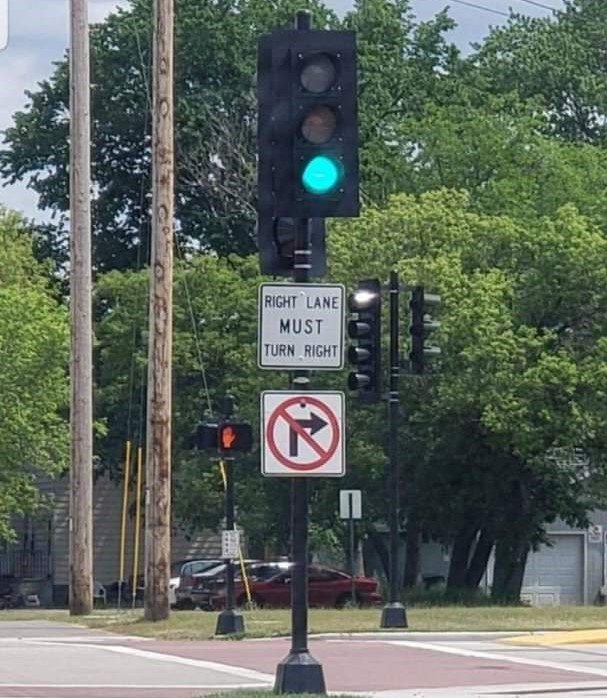Thank you for visiting nwrally.org and reading this update. NWRC has another Friday Nighter coming up on 7/14. July’s event is presented by ORCA.
Do you have a car? Do you know someone who does? Bring your car and a friend or your friend and their car. If you like roads, I’ve got great news! This rally will, in fact, use roads (also words, numbers, and small increments along the axis of the 4th dimension.)
Start location: a little bit downhill from the registration vehicle.
Duration: as long as it takes.
End location: where you give them money and they give you pizza.
All details of this event are a closely kept secret, save for those shared in the post below. Oh what wonders await us? Is it a Pulp Fiction themed event with rally officials dressed in costumes? Maybe the instructions will be in Latin. There’s only one way to find out – show up! Maybe two ways, if you count someone providing details to help promote the event (hasn’t happened). Three ways if you have the gift. Four, if you know someone who does.


